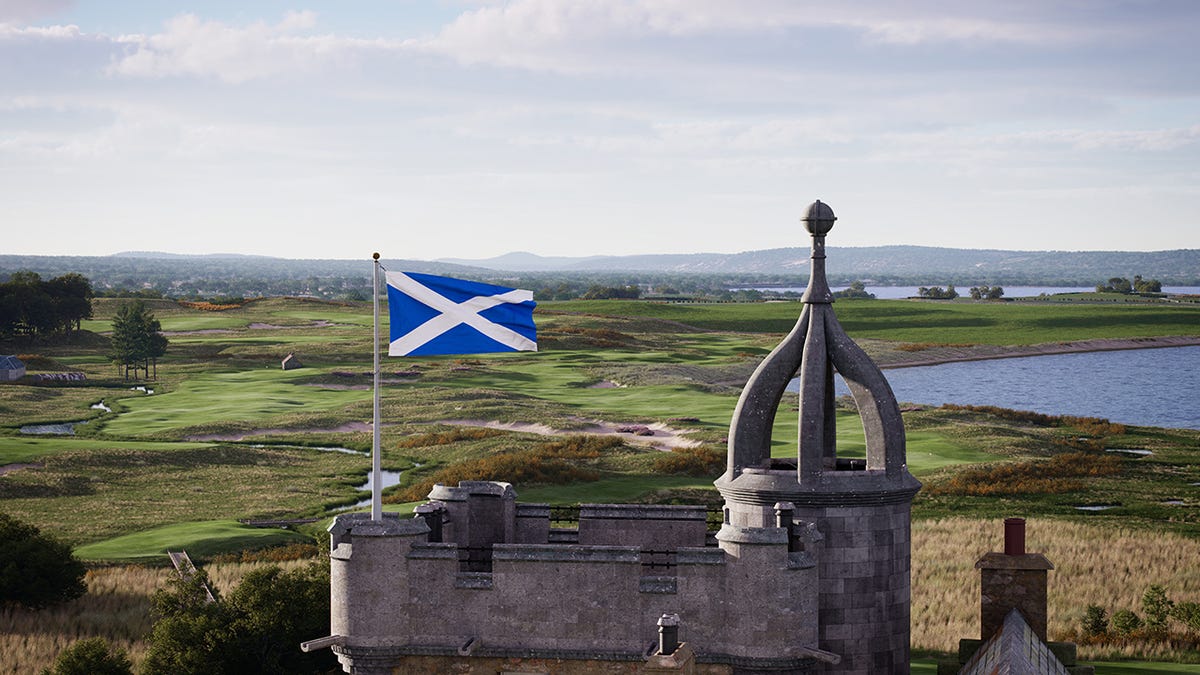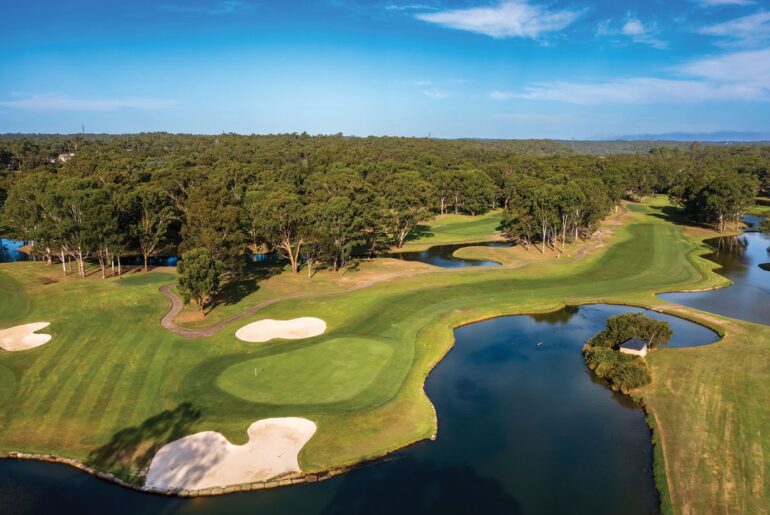Artifacts spanning thousands of years have been uncovered during work on a new golf course in the Scottish Highlands.
Traces of ancient dwellings, a ceremonial circle and a wheel which belonged to a Bronze Age chariot have been among the “properly exceptional” finds revealed during the construction of the Old Petty Championship Golf Course at Cabot Highlands, near Inverness.
Excavations were conducted by Avon Archaeology Highland across the site, which covers 50 hectares, during its construction phase.
These revealed at least 25 prehistoric wooden buildings, alongside relics such as flint tools, quern stones, and the rare prehistoric chariot wheel.
Other discoveries include remnants of Neolithic wooden buildings, a 3,500-year-old Bronze Age cremation urn and evidence for medieval field systems and grain-drying kilns, adding to Scotland’s rich and layered history.
Archaeologists say the findings paint a picture of ancient life in the Highlands, from ceremonial practices to agricultural innovation, between the Middle Ages and 6,000 years ago.
Stuart McColm, vice president of golf development at Cabot, said: “This has been a remarkable journey from prehistoric times to the present, right here on our doorstep.
“It’s humbling to think that our new championship course, Old Petty, will rest on such historically rich ground. We’re proud to preserve this heritage while creating a world-class golf experience.”
Dig netted finds up to 3,000 years old
Chief among the finds is a wooden palisade, thought to be between 2-3,000 years old. Inside the outline of the structure was a cremation pit, which the remains of a chariot wheel.
The circle has now been reburied with the article removed, with its outline still visible on the re-routed course.
The name of the course is a nod to the Old Petty Church, which was built in 1839 and sits off what will become the 16th green. The now-unused church is believed to sit at the site of an even older church, and the Old Petty Church is reported to have hosted an unusual custom: Mourners in the early 1800s would run to the church’s graveyard during funerals while carrying the coffin.
Cabot revealed Doak’s planned routing for Old Petty in 2023, with holes passing a 400-year-old castle that provided the previous name for the property, Castle Stuart, before the Canadian-based Cabot bought it and rebranded the northern Scottish resort in 2022.
Old Petty collaboration praised by archaeologist
Andy Young, principal archaeologist at Avon Archaeology Highland, praised the collaboration: “The partnership with Cabot Highlands has been exemplary. Their commitment to preserving the past while shaping the future is a model for responsible development.
“Close collaboration between developer Cabot Highlands and the archaeology team has enabled the remains of the most important archaeology, for example the prehistoric palisade circle, to be protected, reburied and landscaped after archaeology investigations – the landscaped palisade circle monument now forms a clearly defined circular landscape feature alongside the fairway of Hole 7 of the new Old Petty course.
“By careful design and detail changes to the new course layout, it has been possible to protect and preserve other significant buried archaeological remains that were identified during the evaluation phase.”
He added: “These areas have been preserved in-situ through design and will ensure the survival of substantial areas containing buried archaeology for future generations.
“Always happy to see new archaeology emerge from the ground, but some of the discoveries we have made, particularly relating to early Neolithic settlement and later prehistoric ceremonial or funerary activity, are properly exceptional. “
The findings will now be documented in detail, with final reports and radiocarbon dating expected later in the year, coinciding with the much-anticipated opening of the new Old Petty golf course.
All finds will ultimately be submitted to Treasure Trove Scotland and will most likely be retained by either The National Museum of Scotland in Edinburgh or Inverness Museum.
Golfweek’s Jason Lusk contributed reporting to this article.







